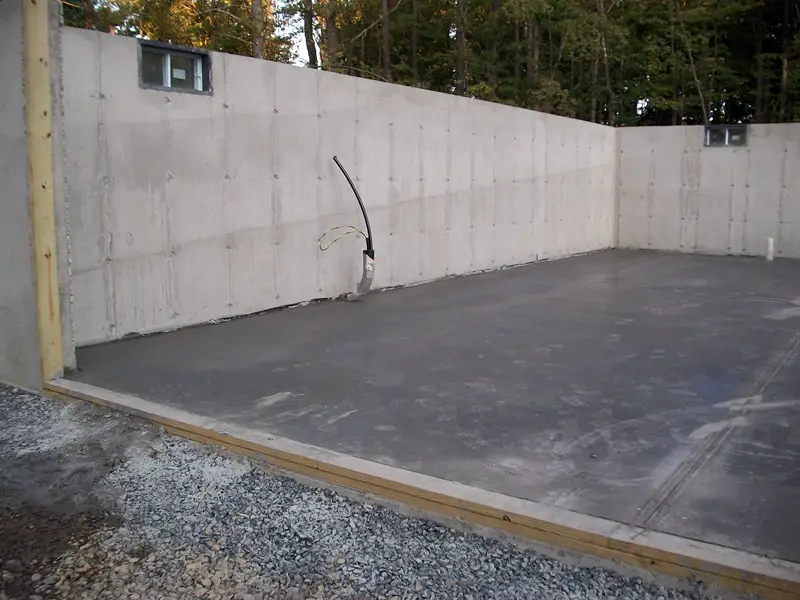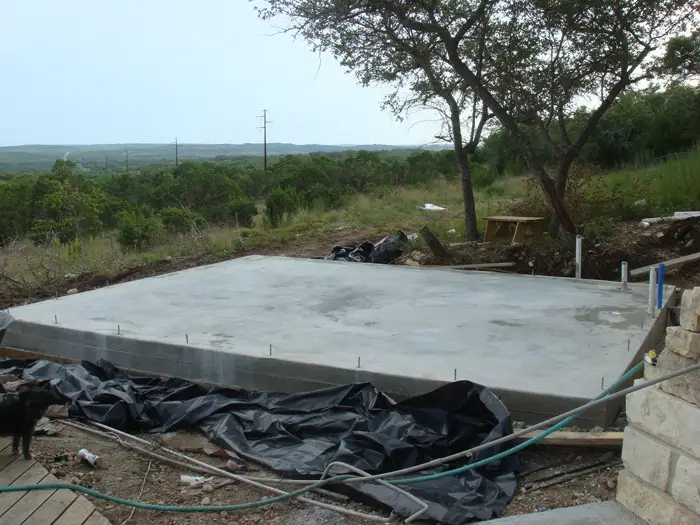
The art of mixing and pouring concrete is, in fact, a science. The process by which cement, aggregates and water mix and form a new substance is a chemical process which has its own unique properties and products.
The main product of the binding of cement and water is heat, which is given off during the hardening of the concrete. This is known as the heat of hydration. When heat of hydration is taken into consideration while designing and pouring concrete, it can be managed properly during the curing and hardening process. However, if the designers do not allow for the heat, it can cause issues with cracking and possibly even compromise the structural integrity of the concrete. It is extremely important to know about heat of hydration and its effects on concrete from the time it is poured and throughout its lifetime.
The chemical process of heat of hydration
When the molecules of cement and water mix, the process of hydration occurs. Hydration is not restricted to the bonding in cement; this refers to the process that occurs whenever any two molecules bond. Harkening back to high school chemistry, recall that any loss of mass, even on a molecular level, necessarily results in a release of energy. In this case, the bonding of the molecules results in an exothermic chemical reaction. This is known as the heat of hydration.
Heat of hydration effects in concrete
If the heat of hydration is not properly controlled, especially if it is in a large slab or structure, the heat cannot escape easily. The heat of hydration can create very high internal temperatures in the structure. This is particularly true during construction in hot weather, if a large amount of concrete is poured quickly, or if there is a very high cement to water ratio.
If the heat of hydration is not managed during construction, it can cause expansion while the cement is hardening and curing. A significant amount of heat, especially when combined with artificial or weather-related cooling during the curing process, can create significant cracks. The expansion and contraction of the concrete, along with the resulting cracks, can result in serious issues with the structural integrity of the concrete.

Managing heat of hydration
The heat of hydration can be managed in a variety of ways. Designers and engineers should take heat of hydration and methods for controlling the process into account when drafting the job, and the steps to be taken should be included in the written specifications for the construction.
It is important to avoid pouring large areas of concrete, such as thick slabs, during hot weather or in otherwise warm environments. Very large projects, such as dams or water tanks, may need to be poured in phases and allowed to harden in between each phase to avoid the buildup of heat. Controlling the amount of water in the mix can reduce the heat of hydration, as can applying a fine mist of cool water regularly to the concrete while it is hardening.
Finally, using the correct type of concrete for the project is extremely critical. Type II concrete is known to have a low heat of hydration, while Type III has a high heat of hydration. When used in the proper context, this knowledge can ensure that the right cement is used to provide the best concrete possible.
